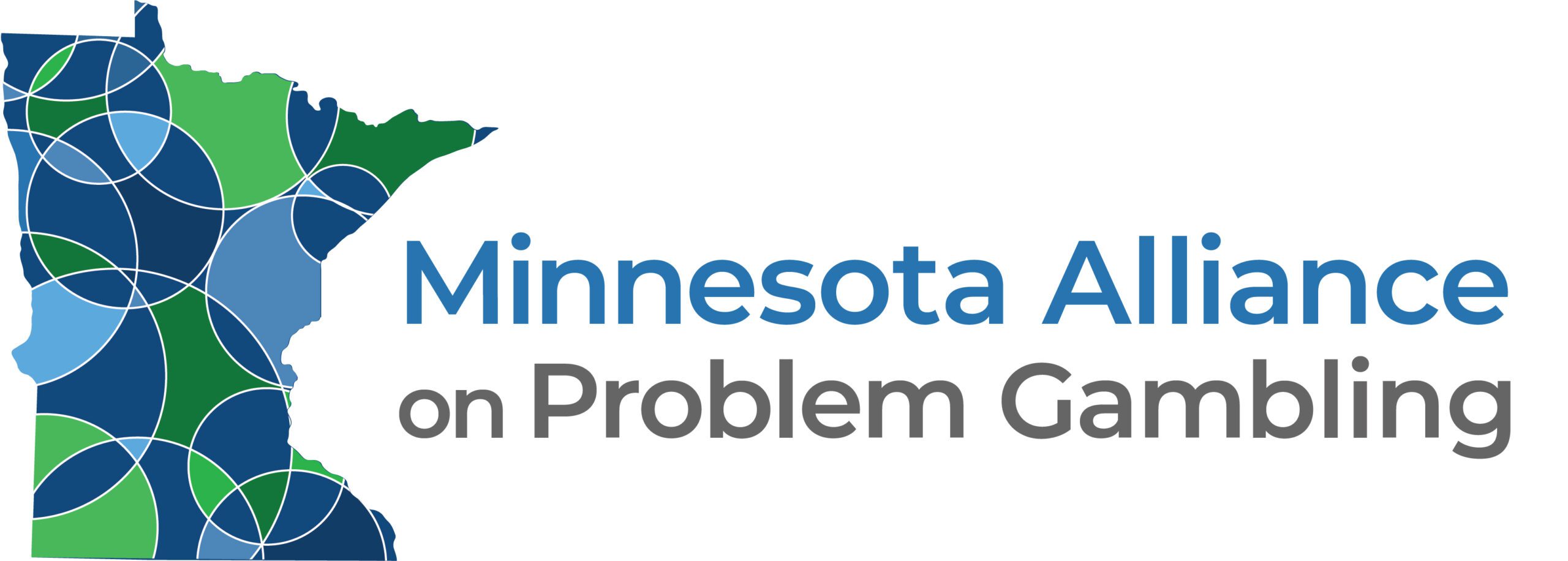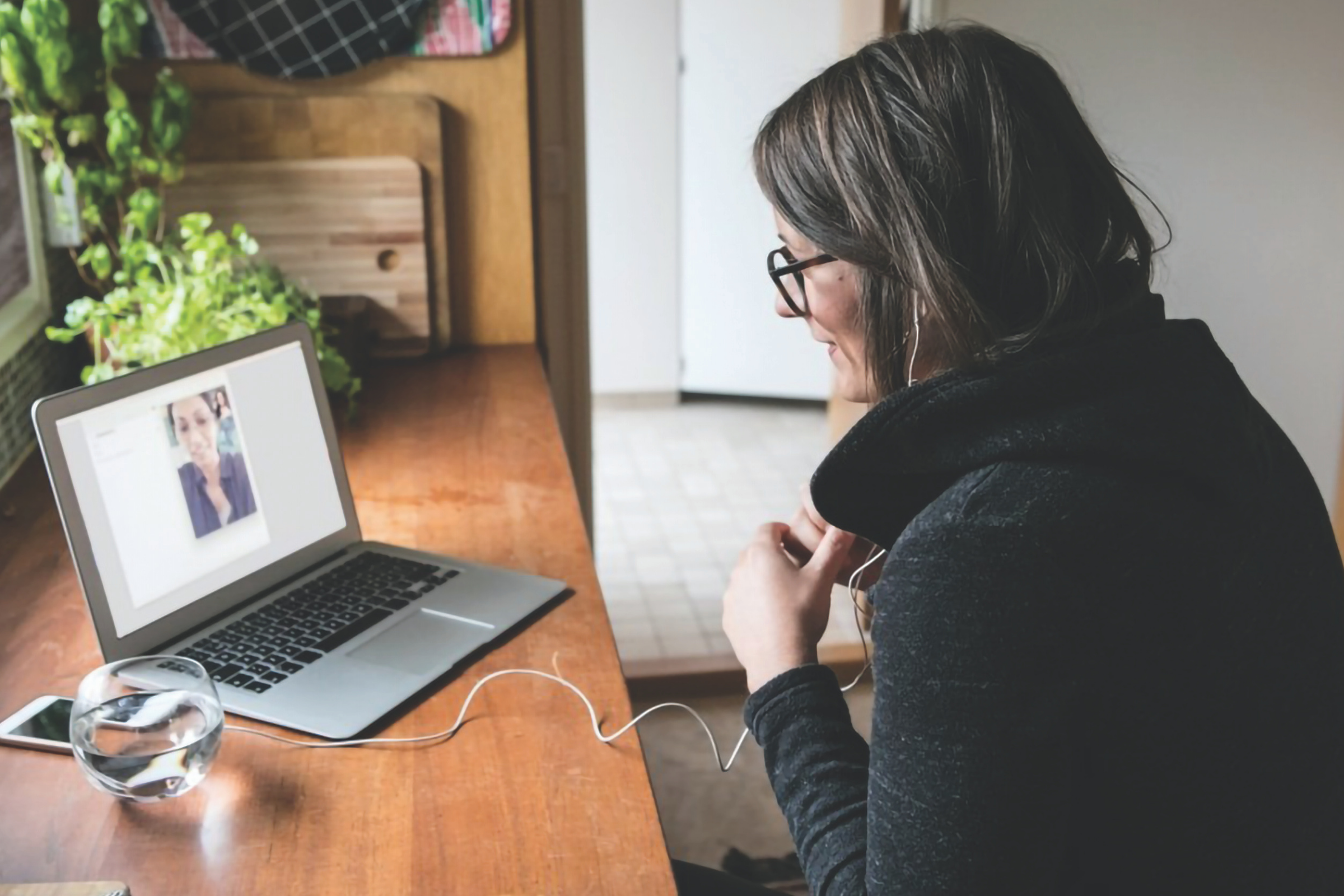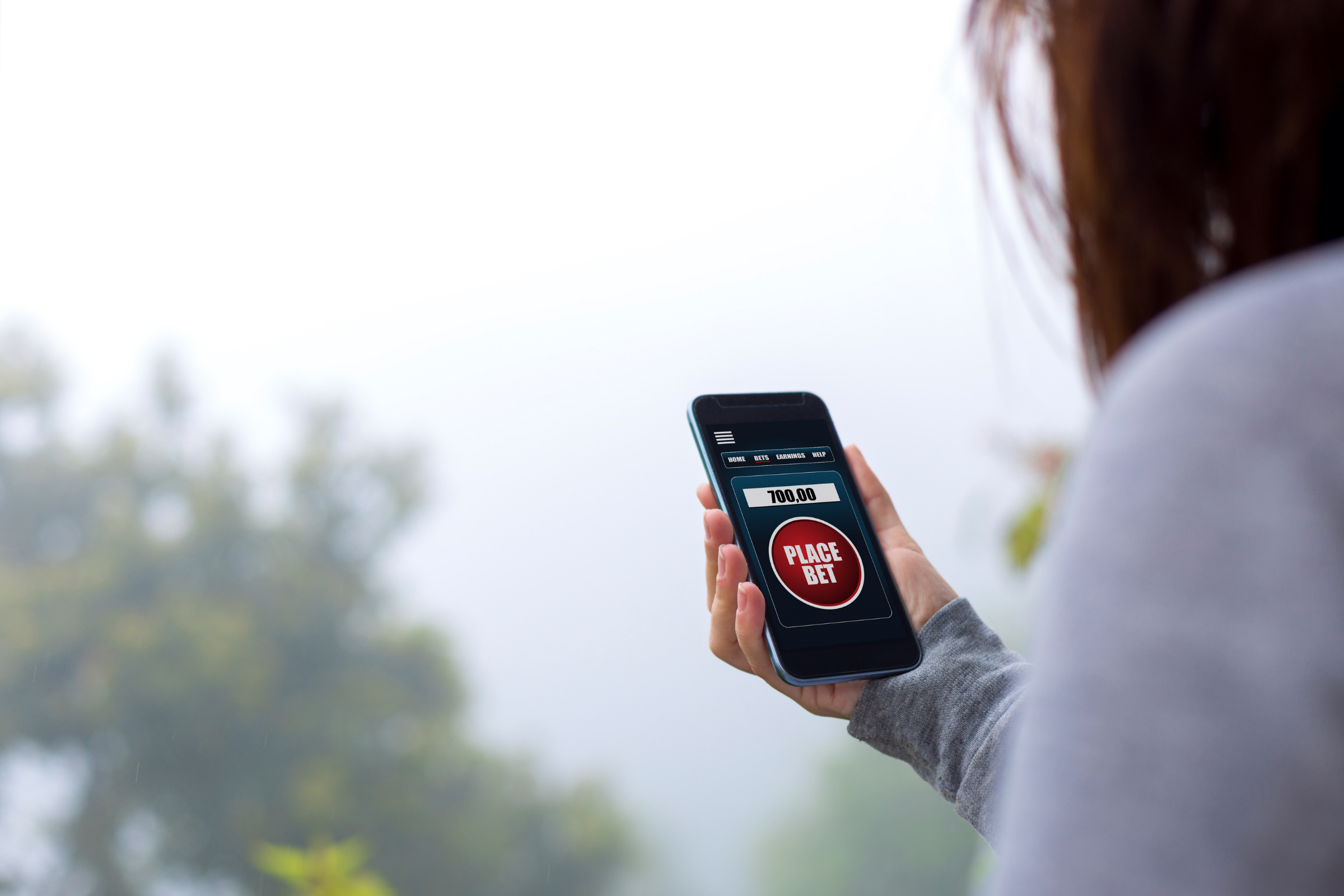
Apr 24, 2020 | HEALTHY PLAY, PROFESSIONALS, RESEARCH
By Susan Sheridan Tucker
In early March 2020, I attended the annual New Horizons Conference on Responsible Gambling. It’s a conference that always provides great insights and this year did not disappoint.
The theme was Future-Proofing the Gambling Industry, an aspirational goal where a gambling operator no longer makes money from those exhibiting problem gambling. This may seem like pie-in-the-sky, but several countries are taking steps through advancements in technology that enable them to better identify customers taking too many gambling risks and to engage them in conversations about risks and potential financial harm. We are seeing a subtle shift in the goals of responsible gambling from providing safeguards and prevention initiatives to supporting safer gambling for all, including reinforcing “ideal” consumer behaviors.
“Future-Proofing the Industry: Player Safeguards and Prevention”
There was much discussion about a paper by Judith Glynn of Strategic Science titled, “Future Proofing the Industry: Player Safeguards and Prevention.” The paper sparked conversation about the role of responsible gambling tools, how to make those tools more efficient and effective, and determining ways in which the risks can be identified and addressed. The paper called for greater cooperation between regulators, operators and players, recognizing each has an important role in determining the best ways to minimize the harms associated with gambling.
Some highlights of the paper include:
- Establish the objective as making gambling safer for all players through education and awareness resources. This includes limit-setting tools, self-assessment tools and revising policies for on-site access to personal credit (ATMs, credit cards and limits on house credit, which ensures that the operator has ownership in the process).
- Operators must take a direct role in keeping their players safe. They see firsthand the risky behavior in their customers and have the ability to understand their players’ playing activities and payment practices.
- Operators can respond to a customer exhibiting risky behavior through well-designed messages and personal intervention with trained staff on the floor intervening when a customer escalates their risk levels.
- Success in “future-proofing” will require cooperative efforts from operators, regulators and customers.
The issue that remains with responsible gambling programs is evidence showing that reliable and effective changes ensue in a customer’s behavior. While there is some evidence showing that responsible gambling tools create positive changes in behavior and reduce risk, the adoption rate of such tools is still too low. More work needs to be done to provide messaging that stimulates self-evaluation and personal relevance. Players need to receive messaging that instills autonomy and assists the player in their decision making.
Additionally, self-assessment tools must provide immediate results with personalized and actionable feedback. It’s equally important to respond to the risk as much as just identifying it. While self-assessment tools provide a window to communicate with players, more research is needed to evaluate its effectiveness on actual behavioral change.

Apr 24, 2020 | HELP, PROBLEM GAMBLING, PROFESSIONALS, RECOVERY
The COVID-19 pandemic has affected virtually all aspects of life. Gambling counseling is no exception.
Given the drastic reduction in social contact, we asked several gambling counselors about the state of gambling therapy and the changes they’ve observed.
Lisa Vig, Gamblers Choice
More of our clients are keeping appointments than we anticipated. It tells me that staying connected to recovery support is very important at this time. They have also been initiating and requesting additional individual support as well.
We use a variety of platforms, including Teams, Zoom and the phone. One accommodation we’ve had to make using these platforms is reducing the size of groups. It’s more difficult to manage attention spans, allowances for everyone to talk and receive the attention they need with eight or nine in one group. We’ve adapted by offering shorter groups, more often, with fewer attendees.
As a counselor, I find that takes a different level of energy to conduct telehealth counseling. When you’re not in the same room sharing the same space, you have to pay more attention to their voice, inflections, participation and engagement since the ability to watch body language or other expressions is compromised. The clients we have worked with have expressed gratitude at every opportunity to stay connected.
I think telehealth counseling has a very valuable place, especially in this part of the country where we are dealing with rural living and limited availability of counselors. At least 50 percent of our clients would benefit from the option of telecounseling. Being able to utilize a combination of in person and telecounseling to customize delivery of treatment services would be ideal.
Craig Johnson, Club Recovery
Once all of my clients became used to the change and requirements of the stay-at-home orders, my group attendance has been good. Most clients are participating and “showing” up for group.
Except for rare occasions, we are completely virtual. We use phone or a Telehealth platform to conduct interactions with all clients at every level of service we provide.
While counseling is not a “one size fits all” process, I think that at some level and some circumstances all clients can benefit from using a Telehealth platform. We need to adapt and move forward with as many innovations in reaching out to clients that we can. Since the beginning of the COVID-19 crisis, the treatment community has been advocating vigorously for the use of Telehealth platforms and CMS and DHS recently approved that all services we provide can be done with Telehealth. Telehealth is a capability that we must keep as an option to use when a client may not be able to access services via traditional means.
There is a great need for gambling disorder providers outside of the Twin Cities, Duluth and near Fargo. Without Telehealth, potential clients in those areas would not be able to get services. As a community of providers we must promote this capability wherever and whenever possible to reach all those who need help. This will be the main topic of discussion at the next meeting of the DHS Advisory Committee on Gambling Disorder on May 14.
Paul Mladnick, Solo Practice/Bridges & Pathways
I don’t think Telehealth counseling is ideal but I don’t think that much is lost. About half of my clients prefer to cancel appointments until we have the all clear. I’d say about 30 percent are coming to my office while about 20 percent are receiving counseling over the phone.
From a practical perspective, I am keeping my office sanitized prior to each session and I do practice social distancing in my office. I have noticed that the number of referrals is down since March 17, so I have considerable availability for those with a gambling problem or those concerned for family and friends.

Apr 24, 2020 | PROBLEM GAMBLING, PROFESSIONALS
As of April 9, less than four weeks after most casinos suspended operations amid COVID-19 concerns, online gambling appears to be on the rise both in the U.S. and around the world. According to Global Poker, an online social poker room, use of online poker sites increased by 43 percent in the U.S. since social distancing and lockdowns took effect. Notably, there was a 255 percent increase in first-time poker players, suggesting that gamblers unable to participate in their preferred ways, such as sports betting and those who frequent casinos, may be switching over.
A similar trend has been noted in Australia, where a study showed there was a 67 percent increase in online gambling the week following the shutdown of all non-essential services due to COVID-19. In fact, the Australian study revealed that the online gambling industry was a major benefactor of the shutdown, along with food delivery and online retail and subscription services.
It is currently illegal to bet online in Minnesota. Those who bet online are using offshore, unregulated venues.
If you or someone you know has moved to online gambling and would benefit from using a self-exclusion tool, NPGA is offering a free one-year subscription to Gamban, an app that will block tens of thousands of world gambling sites on all devices. If interested, please email sst [at] northstarpg.org.

Apr 24, 2020 | PROFESSIONALS, RESEARCH
Youth gambling behavior, as reflected in the Minnesota Student Survey (MSS), has been analyzed periodically since 1992. Information from the 2019 survey was recently analyzed by Randy Stinchfield, Ph.D., retired gambling researcher at the University of Minnesota Medical School.
Some of the more significant trends and findings from the latest survey data include:
- For the majority of students, gambling participation has decreased significantly. When gambling items were first included in the MSS in 1992, youth gambling participation rates were 70%. However, now 70% represents the portion of youth who do not gamble.
- The rate of problem gambling remains essentially unchanged from the last survey in 2016 (0.5%; an additional 2% report problems associated with their gambling).
- Boys gamble more than girls (38.5% vs. 21.1%) and gamble more frequently than girls (9.7% vs. 3.4%).
- Fewer students were gambling in 2019 than were gambling in 1992 (84% of boys in 1992 vs. 39% in 2019; 62% of girls in 1992 vs. 21% in 2019).
- Fewer students were gambling frequently in 2019 than were gambling frequently in 1992 (23% of boys in 1992 vs. 10% in 2019; 6% of girls in 1992 vs. 3% in 2019).
- Fewer underage students reported buying lottery products in 2019 than in 1992 (43% of boys in 1992 vs. 8% in 2019; 38% of girls in 1992 vs. 7% in 2019). A fact sheet highlighting the study findings and the full research study can be viewed here.
Q&A WITH DR. STINCHFIELD
We asked Dr. Stinchfield about the results of his analysis, what the findings suggest about youth gambling in Minnesota, and what future studies might entail.
Q: Why do you think that youth gambling, in general, has dropped so much?
A: It’s hard to know for sure as nobody has really studied this phenomenon. It’s probably due partially to prevention efforts in school but may also be a matter of changing interests over time. Back in 1992, gambling was new in Minnesota and may have been trendier among youth.
Q: What does the data suggest about future youth prevention efforts?
A: While prevention efforts have hopefully played a role in the decline, I think that future youth gambling prevention messaging can be focused on teaching youth about all aspects of gambling, including the odds involved and to dispel the myth of luck. I think the data also suggests that messaging should be focused on boys and certain minorities, including Native Americans, Hispanics and African Americans.
Q: Are we asking the right questions given the shift to electronic games and embedded gambling elements?
A: Yes and no. We want to continue to ask about common forms of gambling so that we can look at trends over time, but we should add new items that capture new forms of electronic gambling on smart phones.
Q: What do you think would be “best practices” from a survey perspective next time?
A: I’d like there to be more gambling items on the survey. We have tried to do this in the past but there are so many interests represented in the survey that there is limited space. The last survey included three questions related to problem gambling and four questions on participation. I would like there to be more questions about smart phone use, social media, e-sports and other items that some would consider gambling.

Feb 24, 2020 | ADVOCACY, HEALTHY PLAY, PROFESSIONALS, RESEARCH, SPORTS BETTING
While much of the emphasis of problem gambling programs is on making sure that people with disordered gambling are able to find the help they need, it’s also important to understand the attitudes and beliefs of those who play responsibly.
Such insights can help inform policies and practices designed to prevent and reduce potential harms associated with gambling.
One of the ways to objectively identify and measure the extent of responsible play within a sample of players is through the positive play scale (PPS). The PPS looks at a gambler’s beliefs and behaviors and can be used by those in the gambling industry to assess the effectiveness of responsible gambling strategies, identify specific areas for future focus, and examine the potential value of new responsible gambling initiatives aimed at promoting healthy patterns of gambling.
With this in mind, MNAPG commissioned Richard Wood, PhD, a noted gambling researcher, to study the level of responsible gambling in Minnesota starting in September 2019. The study, which sampled 1,517 Minnesota players, will provide a benchmark so that future changes in responsible gambling behavior, as measured by the PPS, can be noted over time in response to prevention messaging targeted to players’ behaviors and beliefs.
BELIEFS AND BEHAVIORS MEASURED
The study measured two sets of beliefs: personal responsibility (the extent to which a player believes they should take ownership of their gambling behavior) and gambling literacy (the extent to which a player has an accurate understanding about the nature of gambling.) The survey also measured two sets of behaviors: honesty and control (extent to which players are honest with others about their gambling behavior and feel in control of their behavior) and pre-commitment (extent to which a player considers how much money and time they should spend gambling).
INITIAL FINDINGS
Most Minnesota players scored highest on personal responsibility, followed by honesty and control. However, more than half of all players scored medium or low on gambling literacy and pre-commitment. In fact, Minnesota’s pre-commitment scores were lower than those from three other states and Canada (which has invested more funds than the United States in responsible gambling initiatives over the last 10-plus years).
There were no significant differences in beliefs and behaviors based on gender. However, there were marked differences in PPS scores by age. While it’s not known why positive play increases systematically with age, it may have to do with overall exposure to responsible gambling messaging or that messaging is tailored to older people. The results show that the literacy rates are quite low among those aged 18-44, suggesting that better messaging can be developed for younger players.
As it relates to the various games people played, it was clear that those who limited themselves to lottery games had higher (better) PPS scores. Those who played a variety of games exhibited a lower PPS score, particularly for gambling literacy. It’s not clear if exposure to a range of games leads to decrements in positive play or whether those who do not hold positive play beliefs or engage in positive play behaviors are more apt to play multiple games more frequently.
Another key measurement was the relationship between positive play and satisfaction with gambling. Players were more satisfied with the gambling experience when they accepted personal responsibility for their gambling, were honest and in control about their gambling, and set limits on time and money spent. Surprisingly, gambling literacy did not correlate with player satisfaction. This was an unexpected finding and is something to be explored as we develop strategies. The results also suggest that segmentation is critical to understanding the responsible gambling needs of different players.
SURVEY IMPLICATIONS
The insights provided by this study will help us design and target prevention messaging to specific kinds of players, including by age or type of play. If we are to succeed in reducing the overall harm that gambling can have on individuals and families, it makes sense to develop multiple strategies that help build knowledge around the risks involved.

Feb 24, 2020 | HELP, PROBLEM GAMBLING, PROFESSIONALS, RECOVERY
We asked some of Minnesota’s certified problem gambling counselors for their thoughts on the barriers for Minnesotans receiving problem gambling treatment. Here is what they said:
Cheryl Minx, Director, Freedom Center, Inc.
I think people may not realize help is free to those who need it. Many people think if they’re broke and in trouble financially that there is no way to pay for help. I also think that the helplines are not very visible so that people don’t know how to find help.
Christina Pristash, MS, LMFT
There can be many contributing factors that interfere with a person reaching out for help or accessing treatment for problem gambling. I know that personal fears get in the way as well as individuals/families not knowing what resources are available and/or what makes a person qualify for help. We are fortunate to have an inpatient option in our state as well as outpatient treatment options, but many people aren’t aware of these resources or the differences between the two. Continued education and information sharing will continue to create fewer barriers for people, but choosing change is still always going to be hard.
Dawn Cronin, LSW NCGC Gamblers Choice, Lutheran Social Services of ND
I think a significant barrier is the nonpayment to phone counseling providers. While most providers recognize phone sessions are not the preferred method for counseling, they are necessary at times. I believe the many rural areas of Minnesota and the frequent poor winter driving conditions are putting severe limitations and interruptions in treatment participation for clients. I have three clients over the age of 62 traveling over 50 miles one way for treatment who have had to interrupt treatment because of travel conditions. We also have limited numbers of Gamblers Anonymous meetings in these rural areas so we are unable to encourage participation at these meetings for the same reasons.
Craig Johnson, LADC, Club Recovery
One of the greatest barriers is the lack of understanding by insurance companies, or just plain recognition, that gambling disorder is the exact same as any other psychological disorder as described in the DSM 5. I also think that clients are often told that gambling disorder is not covered and so they stop right there.
I have heard that a large hospital program discourages clients who do not have private pay insurance from seeking services because the reimbursement rate from the state gambling fund is significantly lower than what a given provider might pay.
There is a distinct lack of providers in outstate Minnesota, where access to treatment can be a challenge. We need to push telehealth as a way to reach individuals who either don’t have the means or the access to a provider near their home. I think that prevention programs need to include education on gambling disorder.
Programs aimed at young adults mention the opioid crisis, the vaping crisis, legalizing marijuana and so on, but often do not even mention gambling.
Lisa Vig, LAC, NCGC, Gamblers Choice
I’m concerned about those who live in rural Minnesota who may not have access to a trained counselor, access to a GA meeting and may not have reliable transportation or funds to travel the necessary distance to receive treatment and support. We need to explore other options to reach these individuals, such as phone counseling, telehealth treatment and/or online resources. The challenge to find appropriate, reputable financial management services for this population in conjunction with treatment is also a concern.
Paul Mladnick, LADC, NCGC, LMFT, Bridges and Pathways Counseling Services
One barrier that I see is a lack of awareness of gambling treatment services and that financial help is available for Minnesota residents, so I think we need to do more to advertise gambling treatment resources.
Also, there is still much ignorance over problem gambling and many people still think this is more of a moral problem or a lack of common sense. An educational campaign to alert people that this, too, is an addiction that can happen to anyone would be helpful.
Do you have a thought on barriers to treatment that you’d like to share? If so, please send your comment to sstucker@mnapg.org.






